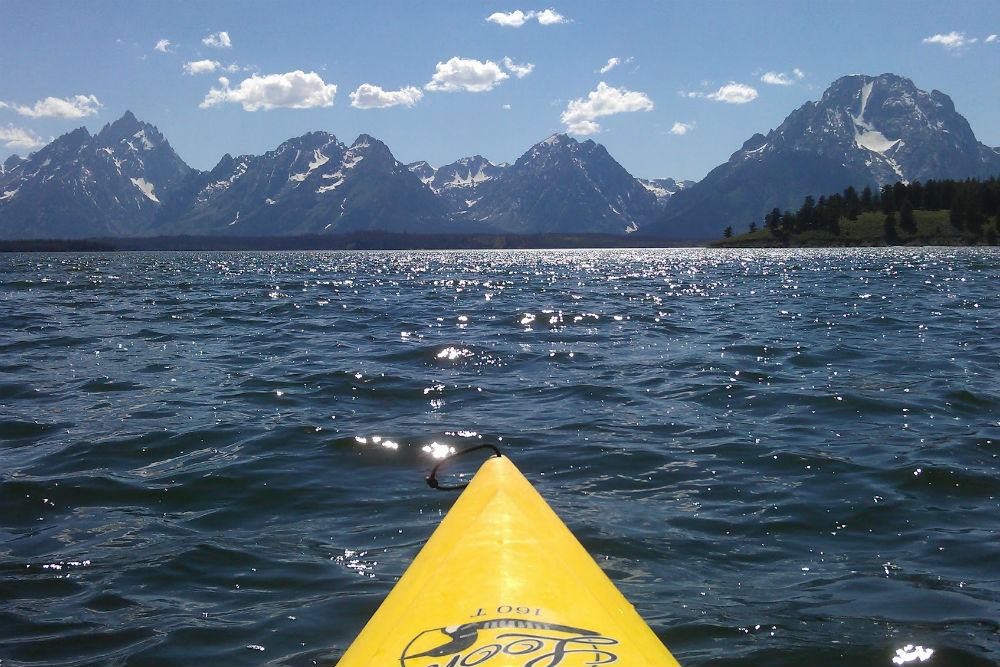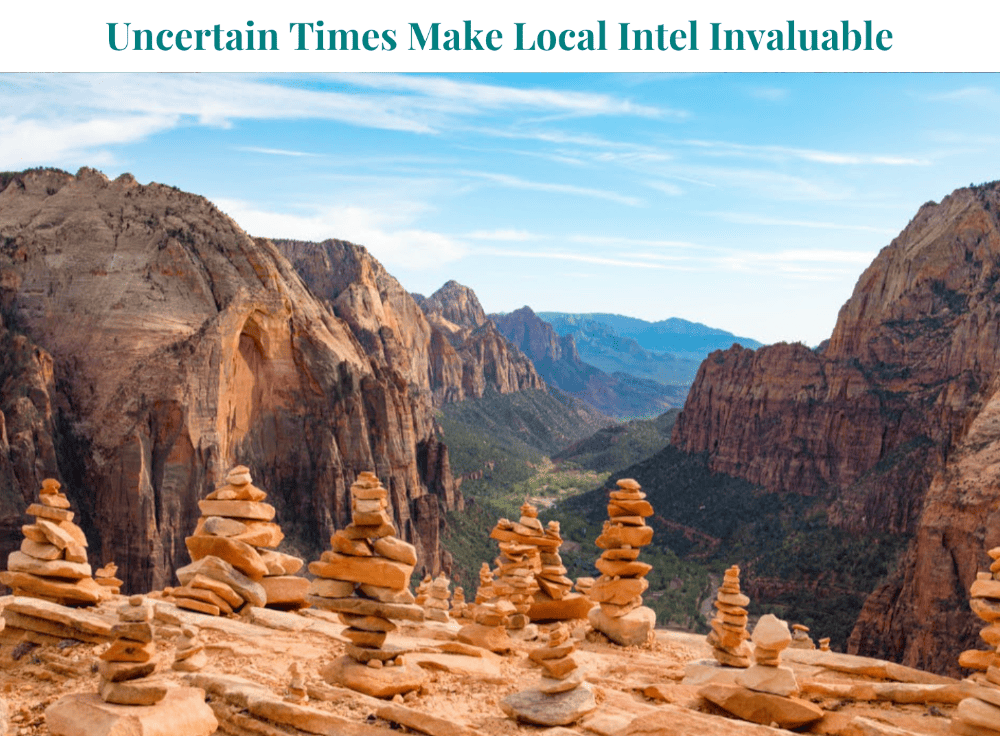Yellowstone National Park: Insider’s Guide
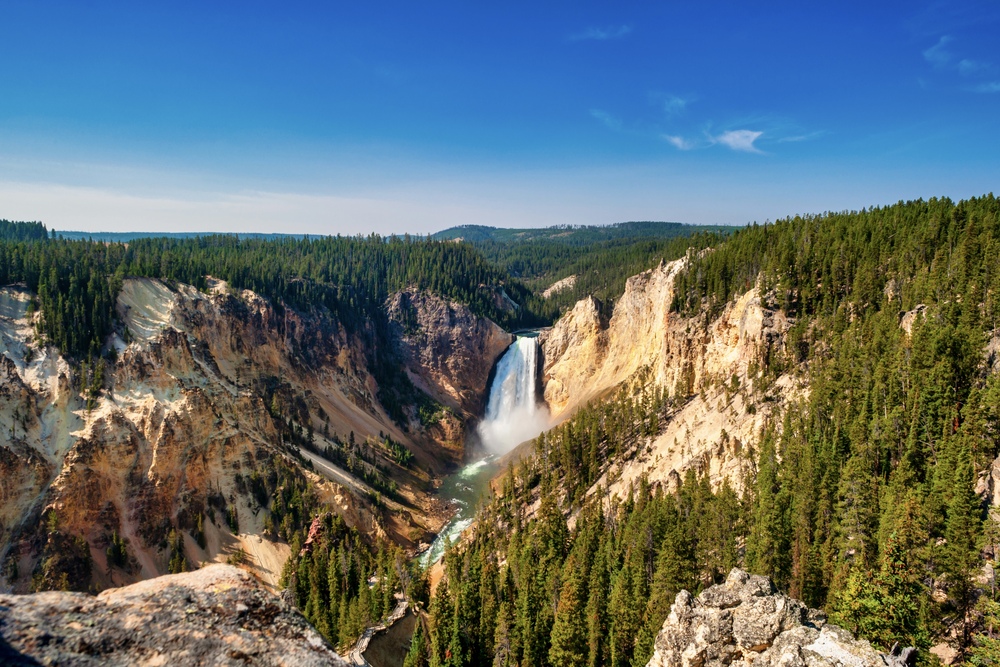 If you want to see Yellowstone's waterfalls at their peak, visit in spring. Photo: Shutterstock
If you want to see Yellowstone's waterfalls at their peak, visit in spring. Photo: Shutterstock
The insider advice on this page is from one of Wendy’s Trusted Travel Experts for American West & National Parks: Melissa Ladvala of West Bench Adventures.
From Alaska to Texas, and especially her home state of Montana, Melissa has spent years exploring America’s national parks out West. She’s sussed out the most eye-popping routes, the most efficient logistics, the smartest lodging options all the way from cushy hotels to backcountry base camps, the savviest special-access guides (some PhDs, others former park rangers), and the local characters who bring life to each park and can show you things you’d otherwise never know to look for. Beyond and between the national parks, she designs road trips that might incorporate stops to explore quieter state preserves, meet a Native American storyteller, or walk through a vineyard with the winery’s owner—and she loves to get people just slightly out of their comfort zone, with activities adjusted to each traveler’s ability level, whether that’s a gentle float or Class IV whitewater, an easy hike, or a thrilling mountain-bike adventure.
Where to Stay and Eat
Best bang-for-your-buck hotel
Lake Yellowstone Hotel, which is listed on the National Register of Historic Places and is frequently refreshed; it’s well worth it to pay just a bit more for one of the Deluxe Lakeside rooms (which typically sell out first).
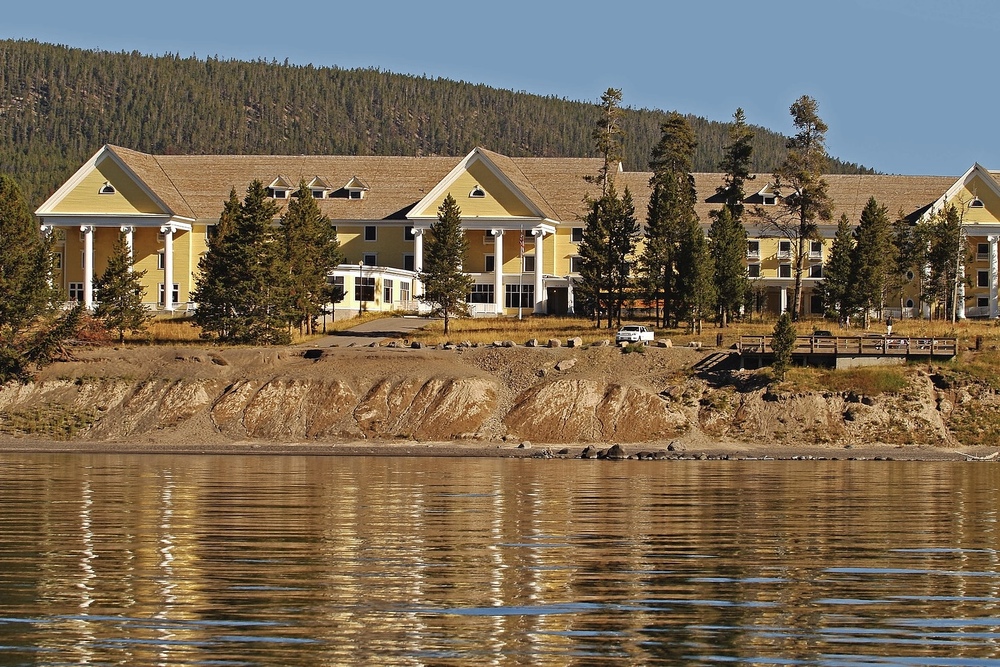
Book early to get a water-view room at the Lake Yellowstone Hotel. Photo: Yellowstone National Park Lodges
Meal with a view
Food options inside Yellowstone are generally quite average, but the setting of the dining room at the Lake Yellowstone Hotel is worth the expense. Have a cocktail in the sunny atrium and dinner in the main dining room; both overlook the lake, and on most evenings there is musical entertainment, either by a string quartet or a pianist. Stick to the basics when ordering; the fancier a dish sounds, the more likely it is to disappoint.
What to Do and See
Don’t miss
Trails that lead away from developed areas are only used by about 3 percent of the park’s visitors—meaning it’s easy to leave behind 97 percent of the crowd! One good example is the Calcite Springs overlook; it’s only a quarter-mile from the road, yet it is often utterly deserted. The short walk brings you to a lovely vista over the Yellowstone River. You can often spot peregrine falcons and bighorn sheep here.
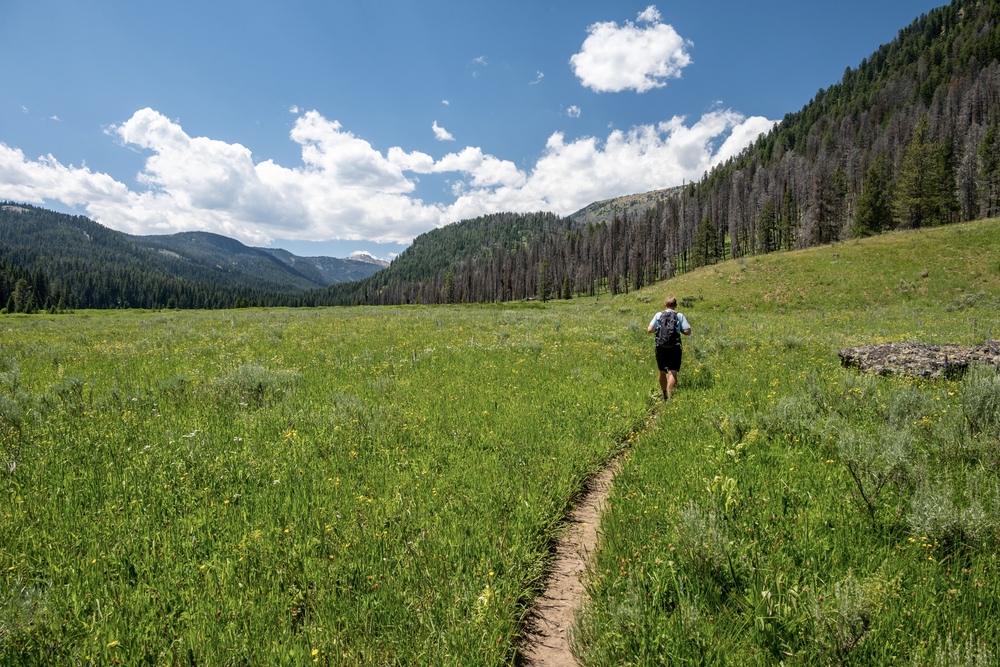
It’s surprisingly easy to get off the main trails and have Yellowstone all to yourself. Photo: Shutterstock
Visitors flock to view the Grand Canyon of the Yellowstone River from Artist Point, but very few continue along the Canyon Rim Trail to Point Sublime, which has incredible views looking into the canyon. It’s a three-mile round-trip that certainly lives up to its name.
While it is in the most remote section of the park, Lamar Valley is worth the effort for those who wish to see wildlife. This is the area in which wolves were reintroduced in the 1990s and today is a good place to spot them, as well as bison and bears.
Cheap thrills
The free ranger-led interpretive programs (schedules are available at the visitor centers throughout the park). The ones that involve hiking tend to have fewer people, so you get a more personal experience. Don’t miss the evening programs too—you can find details in the NPS app (see “Must-Have App”).
The short Geyser Hill Walk is also great for an introduction to the park’s thermal features.
Prime picnic spots
Head out from Old Faithful along the paved pedestrian path to Morning Glory Pool, a popular hot spring with rainbow hues. You’ll be among a crowd of hundreds along the path, but if you keep going a little farther beyond where the trail turns to dirt, you can usually find an empty spot along the Firehole River. Lay down a blanket and enjoy some solitude before walking back through the geyser basin on the boardwalks.
The Nez Perce Ford picnic area, south of Mud Volcano on the Lower Loop, where you are likely to be the only people right on the bank of the Yellowstone River.
Instagram moment
Go to Midway Geyser Basin at midday when the sun is out and walk up the steep hill across the road for a perfect aerial view of the technicolor Grand Prismatic Spring: brilliant blues circled with layers of orange fading to yellow at the edges.
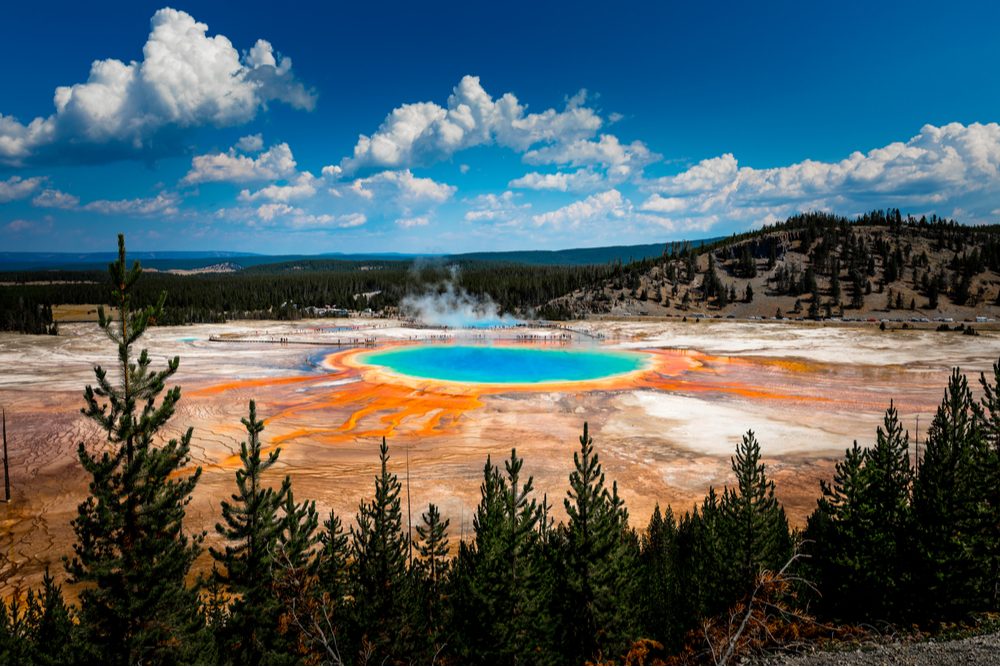
The Grand Prismatic Spring looks like something you’d find on another planet. Photo: Shutterstock
The souvenirs
If you’ve got kids along, have them participate in the self-guided Junior Ranger Program—booklets are available at any of the visitor centers for a few dollars; once they complete the activities, they’ll earn a nice patch that isn’t available for purchase.
Yellowstone Forever shops carry a selection of beautiful books about Yellowstone. Not only will you have a lasting memento of a beautiful place, but your purchase also will support sustainability and educational programs in the park.
Best Times to Go

Late May through June. Wildlife viewing is at its peak, waterfalls are rushing from snowmelt, there are fewer crowds, and the wildfire season has not yet begun. The drawback is the weather, which is cool (highs generally in the 50s), with frequent rain and/or snow showers.
July and August. You’ll find warm days and cool nights, wildflowers in bloom, and hiking trails mostly free of snow—but this is the busiest time in Yellowstone, with prices to match, and skies may be hazy from wildfires. Things are noticeably quieter during the last week of August, since families have headed home and retirees wait until after Labor Day to visit.
September to mid-October. The meadows are golden, the elk are bugling, and there are fewer crowds—though you’re likely to experience the first signs of winter, with temperatures dipping below freezing at night.
January and early February. Yellowstone is a winter wonderland with limited visitation, and there are excellent opportunities to see wildlife and to cross-country ski, snowshoe, and ride in snowmobiles or heated snow coaches.
Worst Times to Go
November 1 until December 15 and mid-February until late April, when the park is closed to nearly all vehicular traffic (both snow machines and automobiles) and in-park services are unavailable.
Late April to mid-May. The weather is often cold, with frequent rain and/or snow showers, the trails are muddy or snow-covered, roads may close due to snow, and few services are available.
Must-Have App
The NPS app. The official app of the National Parks Service will allow you to explore more than 400 national parks with interactive maps, self-guided tours, and essential on-the-ground information. Download all the Yellowstone guides for offline use before you leave home: Internet and cell service is spotty within the park.
Biggest Rookie Mistake
Not booking hotels inside the park well in advance. Since there are only 2,000 rooms inside a park that sees more than 3,000,000 visitors every year—and the hotels outside its borders are all a long drive from the star attractions—you need to plan ahead, especially for the iconic Lake Yellowstone Hotel. Reservations are accepted starting on the first of the month for that month the following year; e.g., on September 1, 2024 for all of September 2025.
Airport Intel
The closest airports to Yellowstone with the most daily flights are Bozeman, Montana (BZN), and Jackson, Wyoming (JAC). There is also service to Cody, Wyoming (COD), and West Yellowstone, Montana (WYS), but these are often more expensive and the connections aren’t as convenient.
Contrary to what many people believe, there is usually not much difference in price to fly into one airport and out of another, which allows you to see more without backtracking.
Don’t Forget to Pack

In the summer, weather changes drastically throughout the day. Mornings and evenings are chilly, so bring a fleece jacket, a warm hat, and lightweight gloves.
During the day, sudden, intense thunderstorms occur frequently; it is imperative to have a lightweight jacket made from Gortex or another high-quality waterproof, breathable fabric that will protect from rain or wind.


